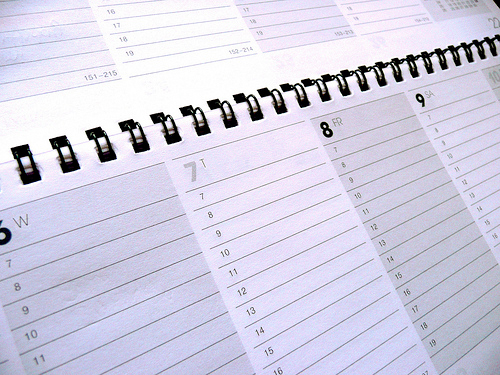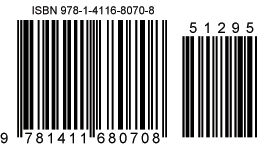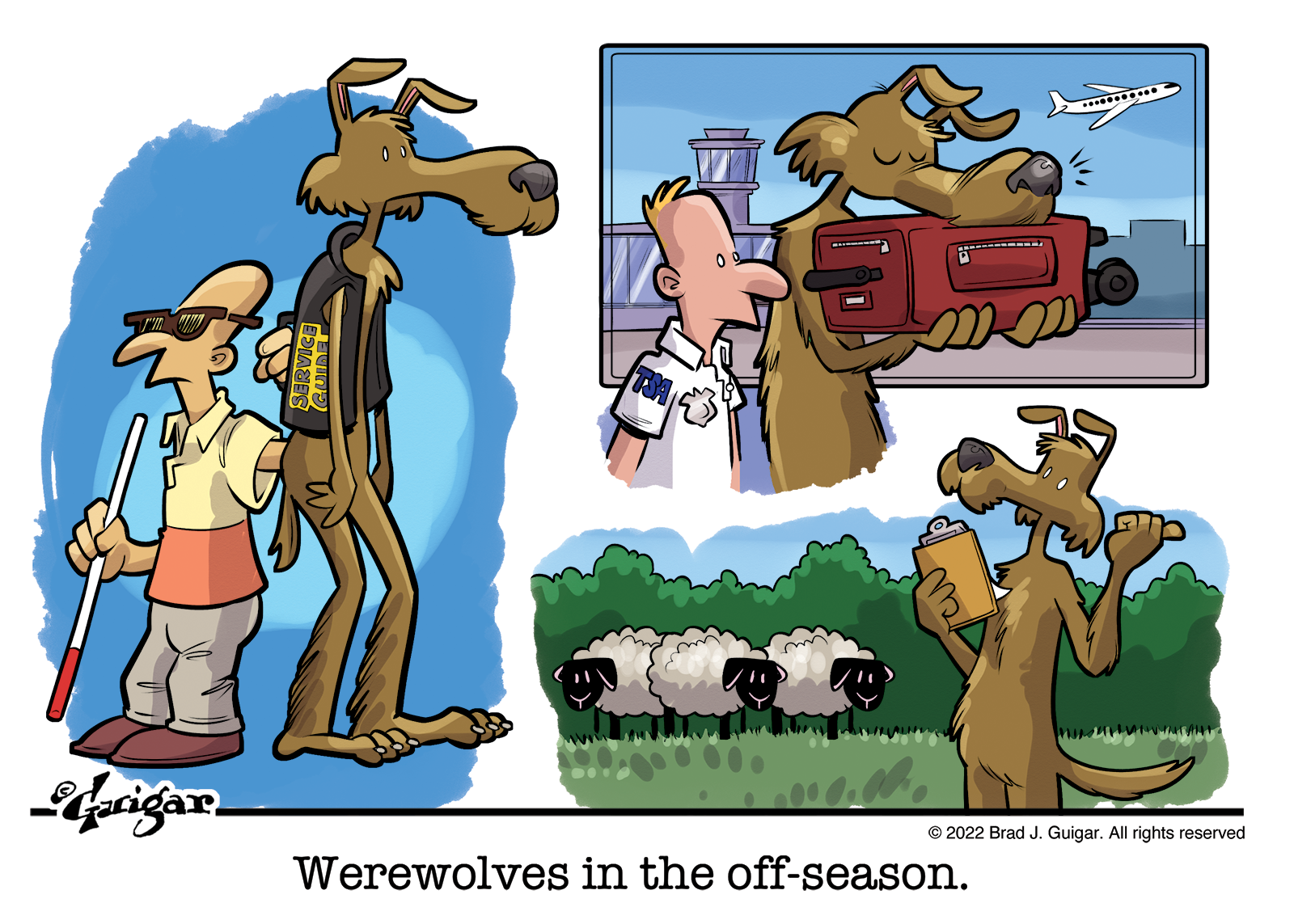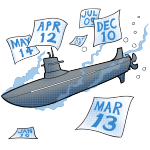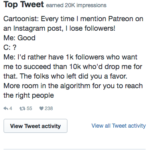 Forget the Stretch Goal. The Add-on is where it’s at! I was a huge fan of this strategy before, and now that I’m using Backerkit, I’ve been able to use it to tremendous advantage.
Forget the Stretch Goal. The Add-on is where it’s at! I was a huge fan of this strategy before, and now that I’m using Backerkit, I’ve been able to use it to tremendous advantage.
Whenever a Kickstarter campaign attains its goal, it’s expected that the creator will announce a Stretch Goal. I know that was the expectation when I hit my funding goal with two weeks of campaigning to go. But I really didn’t have a good Stretch Goal lined up. My readers have never strongly supported merchandise outside of the graphic-novel line, so maquettes, action figures and toys were out.Heck, I’ve never even seen a strong enough demand for hardcover editions to justify that expense. Besides, adding all of that stuff to the mix means accounting for extra shipping expenses, and I wasn’t certain that I was going to be able to hit a Stretch Goal if it accounted for all of the extra money that would be needed.
And — really — now that I’ve reached my goal, isn’t it wiser to simply run up the numbers for the current Kickstarter? I mean, I have a three-volume omnibus book that I want to pitch to my readers, but I think it’s better to let that stand on its own merits — with its own Kickstarter.
However, I did want to maximize the money I’d be able to generate in the next two weeks of Kickstarter funding.
And that’s when I discovered the beauty of the Add-on.
The Kickstarter Add-on was pioneered by tabletop-gaming project creators, who have used them to allow backers to add expansion packs, extra cards and game pieces. Since then, add-ons have become popular for projects in every category.
I offered a single Add-on — a PDF that collected the NSFW comics I was doing for Patreon since last April. I alerted my Kickstarter backers that it would be available as a $20 add-on. That announcement went out on April 7.
Three days later, I’ve seen $720 in increased pledges.
How does the add-on work?
Easy peasy…
- Instruct them to press the ‘Manage Your Pledge’ button on the Kickstarter page for the item. If they haven’t pledged yet, this will say “Back This Project.”
- Instruct them to increase your pledge by $XX. TELL THEM NOT TO CHANGE THEIR REWARD TIER.
- After the Kickstarter campaign has ended, you will send out a survey. If a backer pledged at least $XX over their reward tier, you will give them an opportunity to indicate that, and then will send them the PDF when you fill their order.
Go digital
To maximize the impact of this add-on, it should be a digital reward. If that’s not feasible, it should at least be something lightweight that will not significantly increase the shipping cost of the item. Remember, Media Mail rates are applicable only to bounded, printed material. If you throw something different into that package, it no longer qualifies for Media Mail rates.
Preorder
Keep in mind… a Kickstarter is basically a preorder on a line of merchandise. If the Kickstarter is successful, you’ve covered the start-up costs on that merchandise. If that happens early, it’s risky to try to launch a second piece of merchandise at the same time — especially if you haven’t properly gauged the extra cost and/or the demand.
I think it’s much wiser to simply maximize this preorder cycle, and let that second line of merchandise stand — or fall — on its own merits.


